More promising news as the Columbia River fall Chinook forecast appears better than 2022 Leave a reply
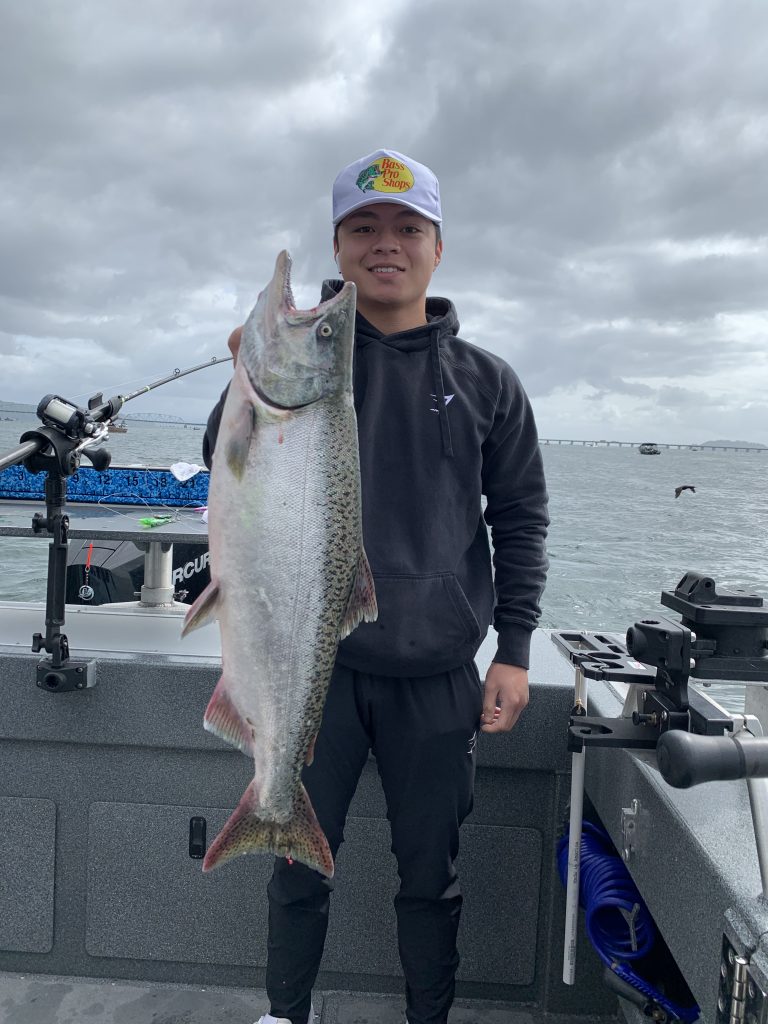
Contributed by Mark Yuasa, WDFW
More Columbia River salmon forecasts are coming out ahead of the Washington Department of Fish and Wildlife’s (WDFW) public salmon forecast meeting on March 3 in Lacey.
The latest are the Columbia River fall Chinook forecasts that appear better on paper compared to 2022 and other early indications the overall 2023 salmon forecasts could mirror what anglers saw in 2022 fisheries with a few added bonuses.
The 2023 Columbia River fall Chinook salmon forecast is 545,300 compared to forecast of 484,900 and an actual return of 674,786 in 2022. The 2023 forecast is like the recent three-year average return of about 577,000.
The bulk of the fall Chinook return is 136,100 for Bonneville Pool hatchery (91,200 and 258,300) and lower than last year’s historic high actual return, about 149% of the 10-year average return; and 272,400 for upriver bright (230,400 and 254,730) and is improved over last year’s actual return, about 66% of the 10-year average return.
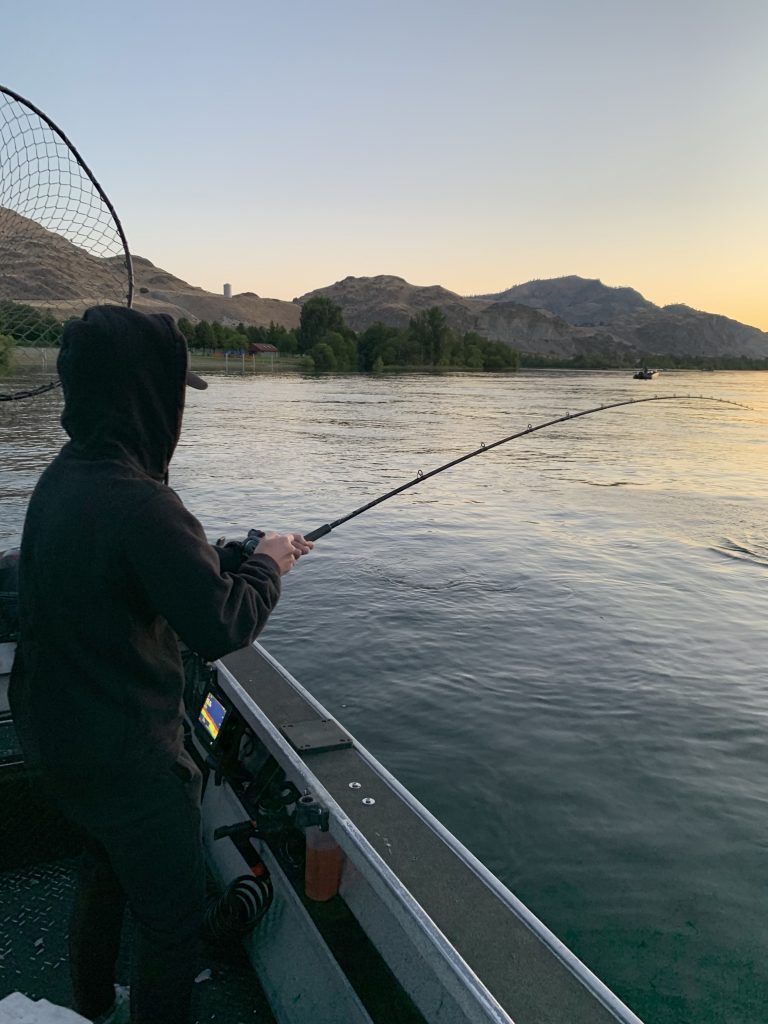
A breakdown of the other fall Chinook forecast shows 77,100 for lower river hatchery (73,000 and 87,688 in 2022) and is lower than last year’s actual return, and about 94% of the 10-year average return; 8,600 for lower river wild (10,800 and 9,297) and is similar to last year’s actual return, about 45% of the 10-year average return; 4,300 lower river bright (8,700 and 3,023); 46,300 for pool upriver bright (70,200 and 60,417) and lower than last year’s actual return, about 49% of the 10-year average return; and 600 for select area bright (600 and 1,331) and is lower than last year’s actual return, about 8% of the 10-year average return. Forecasts for the Snake River wild wasn’t available but the 2022 forecast was 11,000.
Earlier this month, the Oregon Production Index – which provides ocean coho abundance forecasts – was released and revealed an estimated 1,135,700 coho to arrive off the Washington coast. That is down a bit from a forecast of 1,225,900 and an actual return of 887,500 in 2022.
The Columbia River subtotal forecast is 886,100 coho compared to 997,200 in 2022 and an actual return of 685,200. If the stars align for coho numbers, this should also generate some decent action in the Big-C (namely the Buoy-10 fishery at the mouth of the river) and its tributaries in late summer and fall.
The fall Chinook and coho returns destined to the Columbia River are also the bread and butter for coastal fisheries off Neah Bay, La Push, Westport and Ilwaco and in the Columbia River from Buoy 10 upstream.
While the actual coho forecast is down in 2023, state fishery managers have pointed out that an actual return of around 700,000 should create some happy faces on anglers.
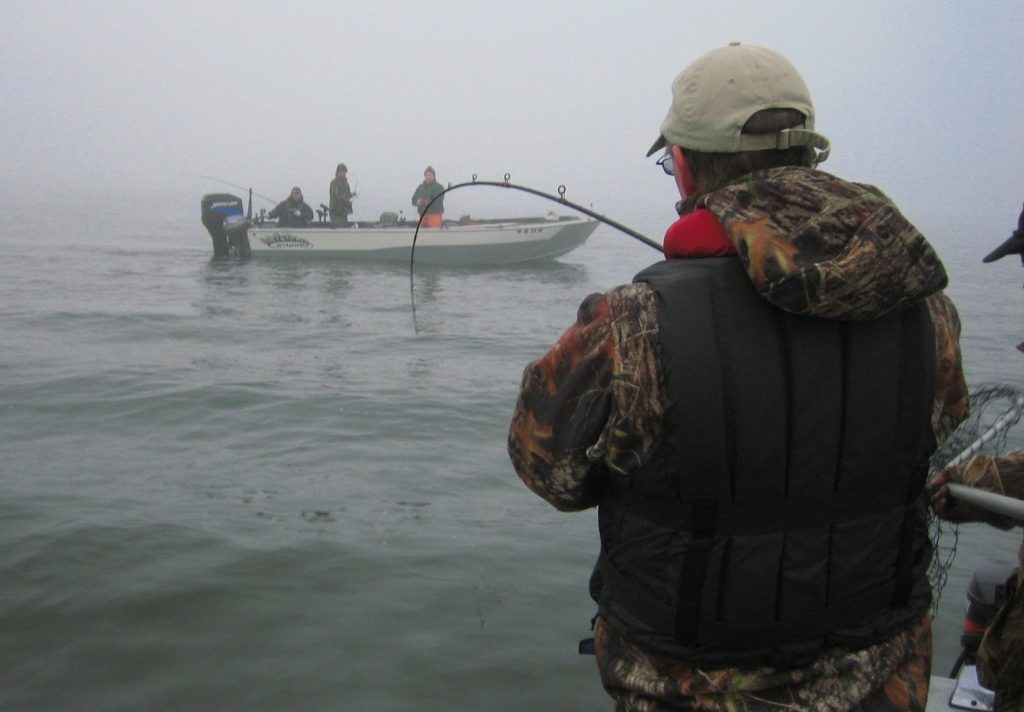
Columbia spring Chinook seasons set
Fishery managers from Washington and Oregon on Wednesday approved this year’s recreational spring Chinook salmon fishing season for the Columbia River, with seasons expected to resemble those in 2022.
“We’re optimistic about many returns to the Columbia River this spring, and there should be some good fishing opportunities for anglers on the lower river,” said Ryan Lothrop, Columbia River fisheries manager with the WDFW said in a news release. “We’re still watching some stocks closely to make sure we’re achieving our conservation goals, and those may have an impact on opportunity as we track and update the runs throughout the season.”
Salmon fishing is currently open daily from the mouth of the Columbia River to the Interstate-5 bridge under permanent regulations, but spring Chinook usually don’t arrive in large numbers until late March and April.
The Columbia River mainstem will be open from March 1 through April 7 from Buoy 10 line upstream to Beacon Rock (boat and bank), plus bank angling only by hand-cast from Beacon Rock upstream to the Bonneville Dam deadline. The daily limit is 6, including no more than 2 adults, of which no more than 1 may be an adult Chinook. Release all wild steelhead and all salmon other than hatchery Chinook. Salmon minimum size 12 inches. Shad retention is also permitted, no minimum size or daily limit.
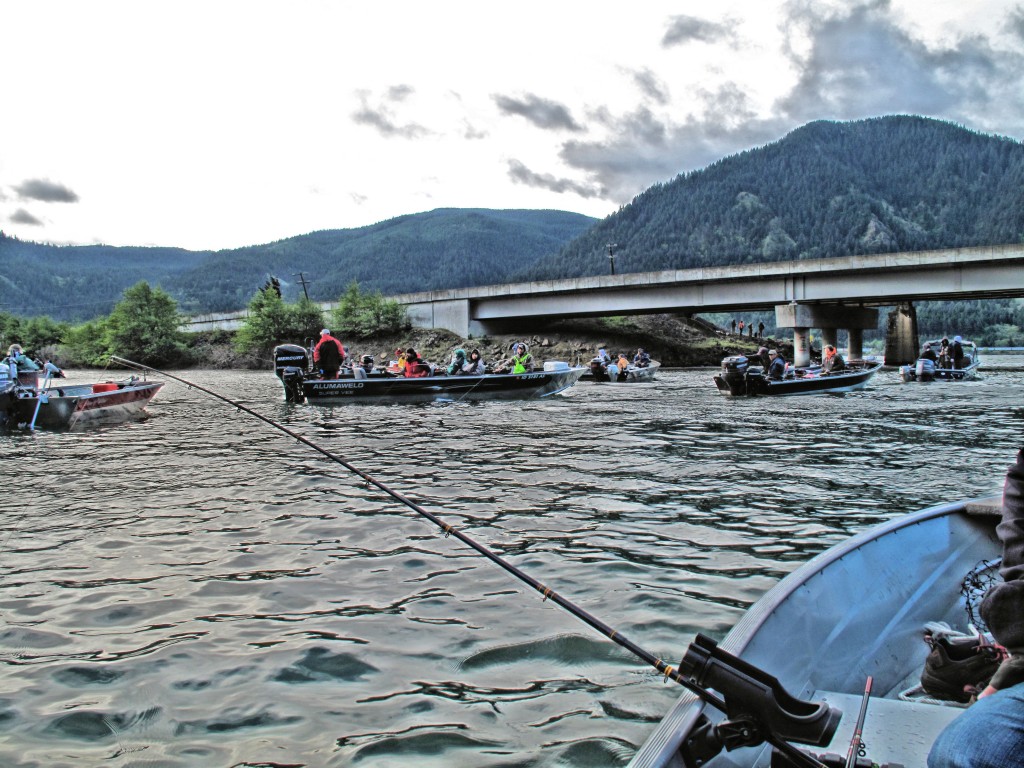
The mainstem then opens from April 1 through May 6 from the Tower Island power lines (approximately 6 miles below The Dalles Dam) upstream to the Oregon/Washington border, plus bank angling by hand-cast only between Bonneville Dam and the Tower Island power lines. The daily limit is 6, including no more than 2 adults of which no more than 1 may be an adult Chinook. Release all wild steelhead and all salmon other than hatchery Chinook. Salmon minimum size 12 inches.
The projected pre-update recreational fishing harvest for both upriver and lower river spring Chinook in 2023 is 7,766 adult Chinook kept for the fishery below Bonneville and 845 fish kept above Bonneville, both increases over 2022.
Managers will monitor the fisheries, dam counts, and hatchery returns and adjust as necessary in-season, with the run-size update typically occurring mid-May.
Less than two weeks ago, the first spring Chinook of 2023 was landed in the Multnomah Channel on the Oregon side of the Lower Columbia River. According to a report by Bill Monroe with the Oregonian, 81-year-old Mike McMahon of Tigard, Oregon, caught a 19-pound hatchery-marked spring Chinook.
That first spring Chinook salmon is part of the 2023 forecast where 307,800 fish are expected to enter the Columbia. That compares to 197,000 forecast and actual return of 274,495 in 2022. The lower Columbia River tributary returns of spring Chinook on the Washington and Oregon side also look promising.
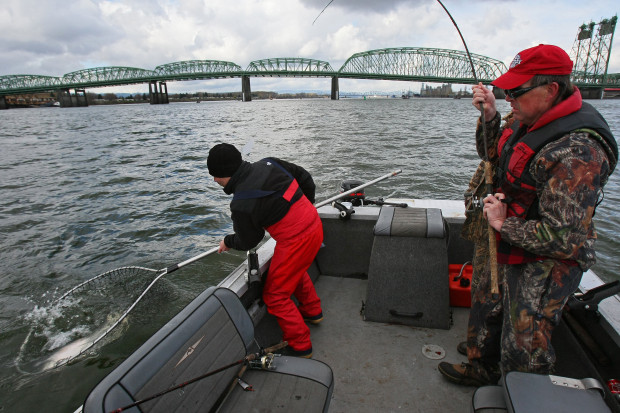
Data reports from the Washington Department of Fish and Wildlife (WDFW) fishery managers, indicate the upriver spring Chinook forecast of 198,600 adult fish if accurate would be about one third higher than the average return observed over the past ten years (2013–2022). The forecast for adult upper Columbia spring Chinook of 41,400 fish is nearly double the recent 10-year average; the wild forecast is 211% of the 10-year average wild return. The wild component is forecasted to represent 14% of the upper Columbia spring run, which is about the same as the recent 10-year average (13%).
The forecast for Snake River spring/summer Chinook of 85,900 fish is the same as the recent 10-year average return while the wild forecast of 13,200 is only 68% of the recent 10-year average. The wild component is forecasted to represent 15% of the total Snake River run, which is lower than the recent 10-year average (22%).
It means there are 3,253 more springers available overall than last year, including 2,893 more in the Lower Columbia, where there are also enough spring salmon returning to the Cowlitz, Kalama, Lewis, and Sandy Rivers that there shouldn’t be any mainstem bubble closures as seen in the past.
The newly released information shows there are 6,487 Upper Columbia-Snake spring Chinook mortalities available below Bonneville Dam; 927 above Bonneville Dam to Washington-Oregon boundary line; and 669 in the Snake River. These are based on the 198,600 upriver spring Chinook forecast, the 30% run-size buffer; and a 1.6% Endangered Species Act ceiling, prior to mid-May joint WDFW and Oregon Fish and Wildlife in-season return update.
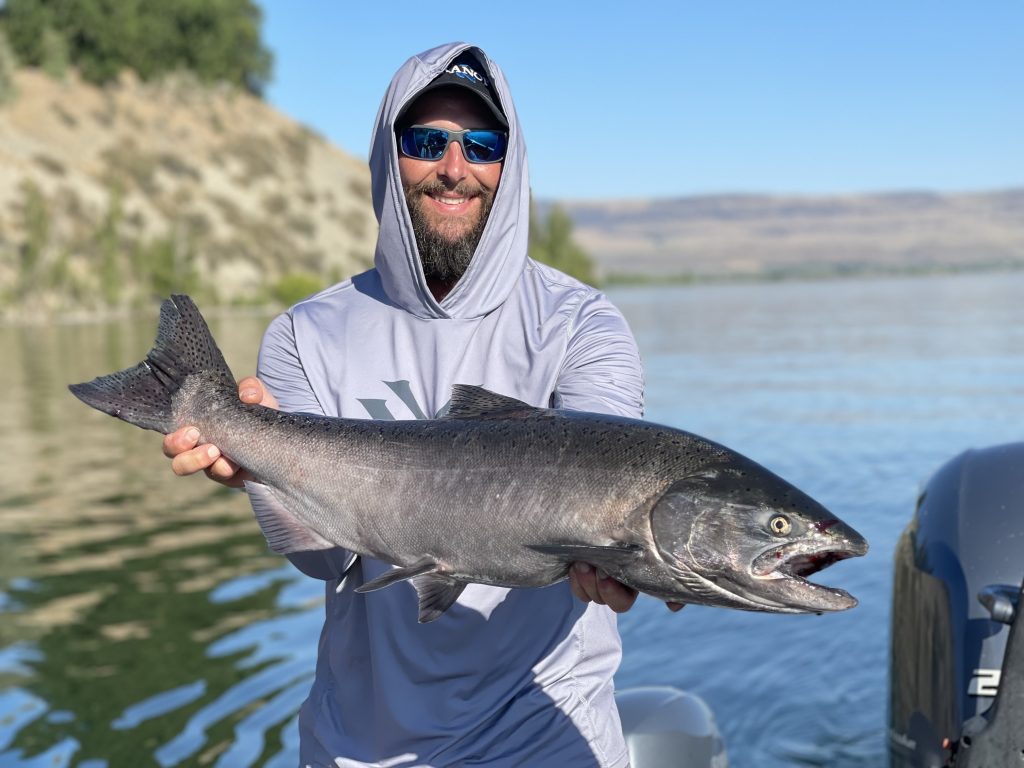
Upper Columbia could see decent fishing
The Upper Columbia summer Chinook forecast of 84,800 in 2023 is up from a 2022 forecast of 56,300 and an actual return of 78,444. This run is the main driver for recreational fisheries from the Rocky Reach Dam to Chelan Falls as well as many other open areas further upstream and downstream.
The 2022 upper Columbia summer Chinook return was the seventh largest since 1980, totaling 78,494 adults, compared to the preseason forecast of 56,300 adults. The adult return was comprised of an estimated 53,595 Age-4 fish; 23,632 Age-5 fish; and 1,266 Age-6 fish. The 2022 return was 114% of the recent 10-year average (2012–2021) of 68,932 adults. The 2022 jack return of 10,777 fish at Bonneville Dam was greater than the recent 10-year average (10,327). The 2022 adult return was 116% of the average of returns observed since 2001, and more than four times the average return during the years 1980–2000 (17,425 adults).
The 2023 preseason forecast for Upper Columbia summer Chinook is expected to include 43,400 Age-4 fish; 40,800 Age5 fish; and 600 Age-6 fish. If accurate, this projection would represent the fourth highest return since 1980 and be 120% of the average return observed over the past decade. Note – This preseason forecast will be adjusted after the PFMC ocean fishery planning process is complete to account for expected effects of ocean fisheries.
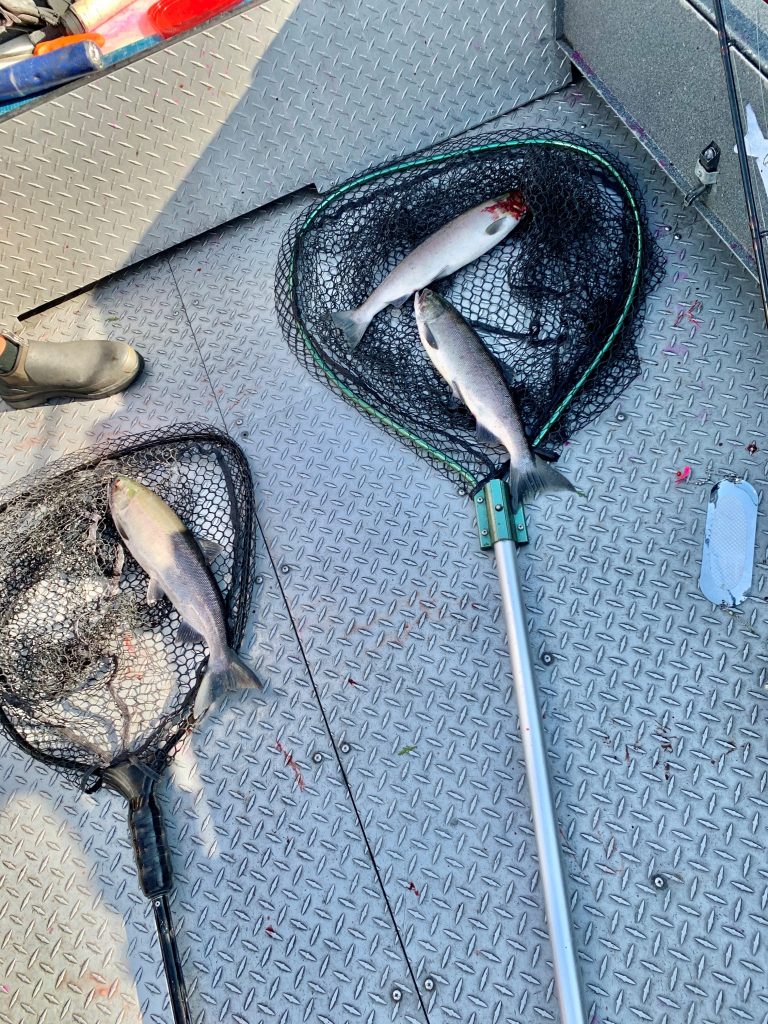
The Columbia sockeye forecast is a modest 234,500 in 2023. In 2022, the forecast was 198,700 and the actual return hit a robust 664,935, which was the largest since Bonneville Dam was erected in 1938.
The huge 2022 return of sockeye to the Columbia River was two times the recent 10-year average return and was the largest return since at least 1938 when Bonneville Dam was first erected. The 2022 return included at least 147,473 Wenatchee; 513,317 Okanogan; and 2,329 Snake River stock sockeye returning to the Columbia River.
At Prosser Dam on the Yakima River, approximately 100 sockeye were counted. On the Deschutes River, sockeye passage at Round Butte Dam totaled approximately 100 fish. The Wenatchee return was 768% of forecast; the escapement objective of 23,000 fish to the Wenatchee River was met, with 135,837 sockeyes reported at Tumwater Dam. The Okanogan return was 292% of forecast.
The breakdown for 2023 Columbia River sockeye run includes 44,300 Wenatchee stock, 187,400 Okanogan stock, and 2,600 Snake River stock. The forecast is 73% of the 2013–2022 average total return of 323,107 fish.
The 2023 Wenatchee component is forecasted to be 68% of the 10-year average return. The return of Okanogan-origin fish is expected to be approximately 73% of the recent 10-year average. A return of 2,600 fish to the Snake River would be 230% of recent 10-year average return. Nominal returns to the Yakima and Deschutes rivers are also expected.
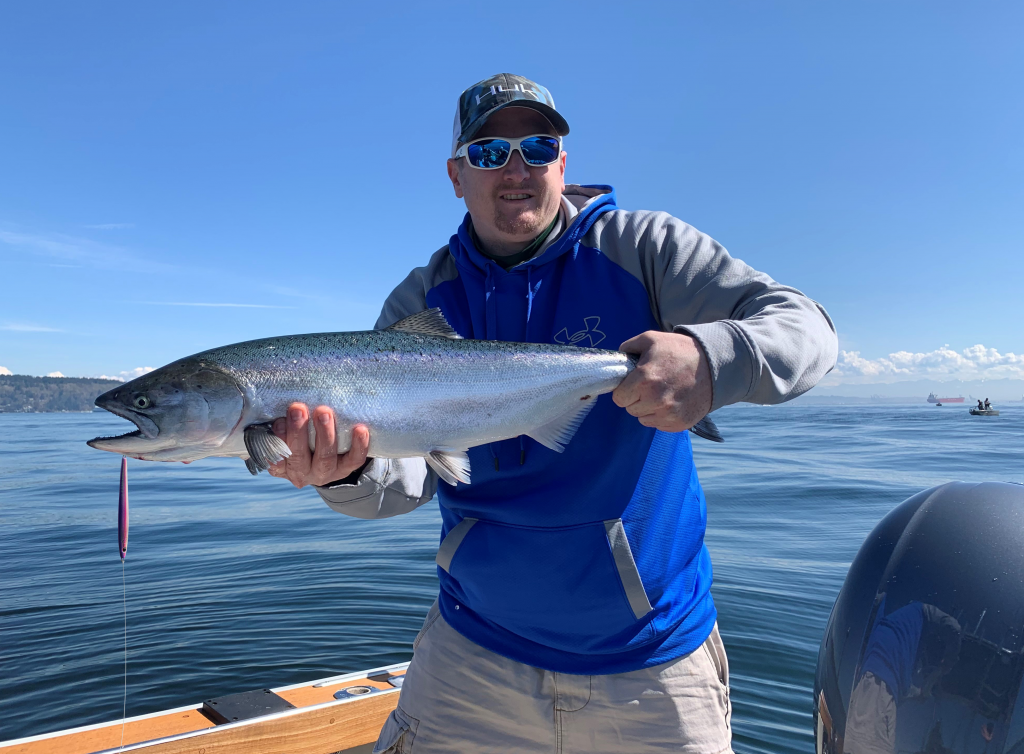
Additional salmon forecasts to be revealed March 3
More salmon outlooks for inner-marine areas will be announced at a public in-person and virtual meeting hosted by WDFW on Friday, March 3, 9 a.m. to 2 p.m., at the Lacey Community Center, 6729 Pacific Avenue S.E., in Lacey.
The Pacific Fishery Management Council (PFMC) will then announce three ocean salmon season and quota options proposed for waters three to 200 miles off the coast during meetings from March 5-10 in Seattle.
All the meetings are part of the month-long season-setting process known as North of Falcon, a term referring to waters north of Oregon’s Cape Falcon, which marks the southern border of management of Washington’s salmon stocks. This includes Puget Sound, Strait of Juan de Fuca, Columbia River, and coastal Washington salmon stocks.
State fishery managers use a suite of scientific data, including watershed sampling and monitoring, ocean indicators, and previous year returns, to estimate the number of salmon returning and decipher how many fish are available to catch.
All Washington fishing seasons including those for Oregon and California will be finalized at the PFMC meetings on April 2-7 in Foster City, California.
For a meeting schedule with opportunities to participate in meetings and provide public feedback, visit WDFW’s North of Falcon public meetings web page.
(Mark Yuasa is a Washington Department of Fish and Wildlife Communications Manager. He also has contributed numerous blogs to the KIRO/ESPN The Outdoor Line and was the outdoor reporter at The Seattle Times for 28 years.)

